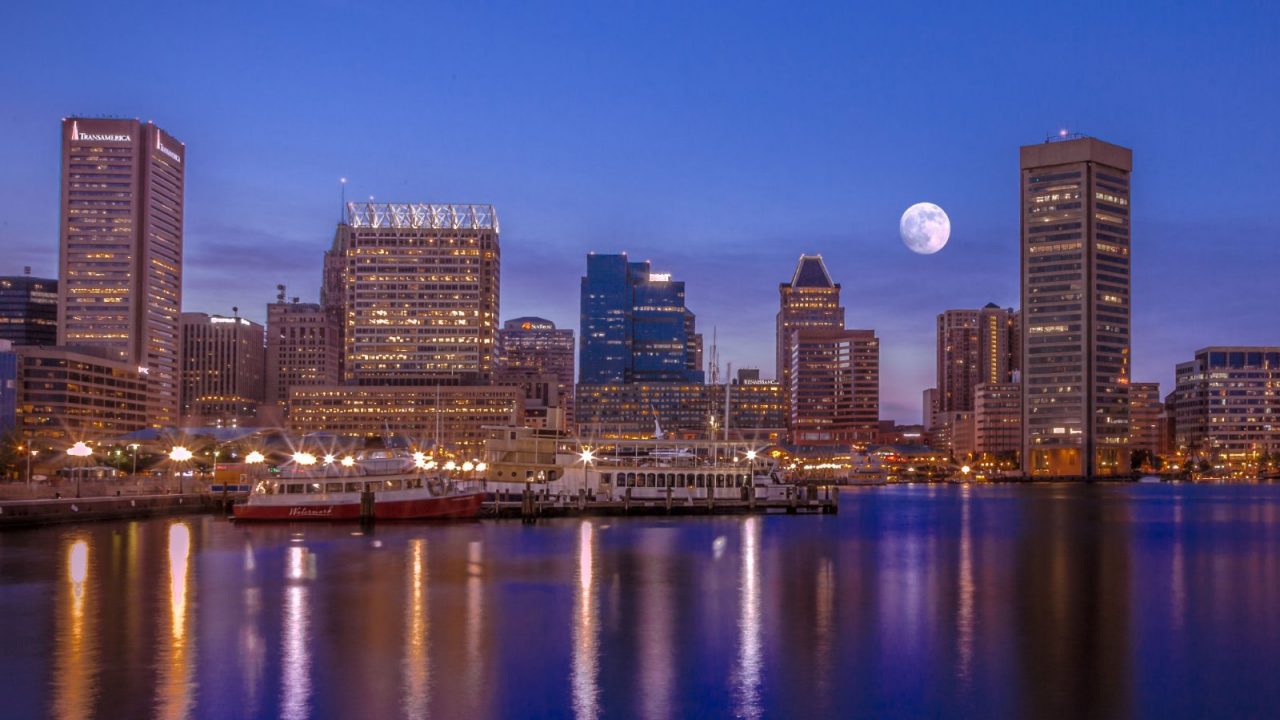Baltimore, Maryland

Located on the Chesapeake Bay, Baltimore is Maryland’s largest city and formerly home to a robust manufacturing and shipping industry.
During and after World War II, the city experienced strong growth, powered by its manufacturing sector. By 1950, more than 950,000 people lived in Baltimore, and approximately one-third of employed residents worked in manufacturing. As Baltimore’s manufacturing sector declined, the city experienced “white flight” that re-shaped its racial composition, with the white population decreasing as the Black population increased. The city’s economy has shifted over time; today, many of Baltimore’s largest employers are academic institutions and health systems. As these sectors have expanded, so has the number of available professional and service-sector jobs. However, this economic transition has not equally benefited all residents, nearly one-quarter of whom live in poverty.
Many of Baltimore’s Black residents experience significant disparities in health, income, and educational attainment. Some of the disparities have been linked to historical racial segregation that has led to many Black residents living in unsafe neighborhoods with limited economic opportunities. Government agencies, community organizations, and local residents are engaged in a number of cross-sector collaborations to address these challenges and improve the health and well-being of all who call Baltimore home.
